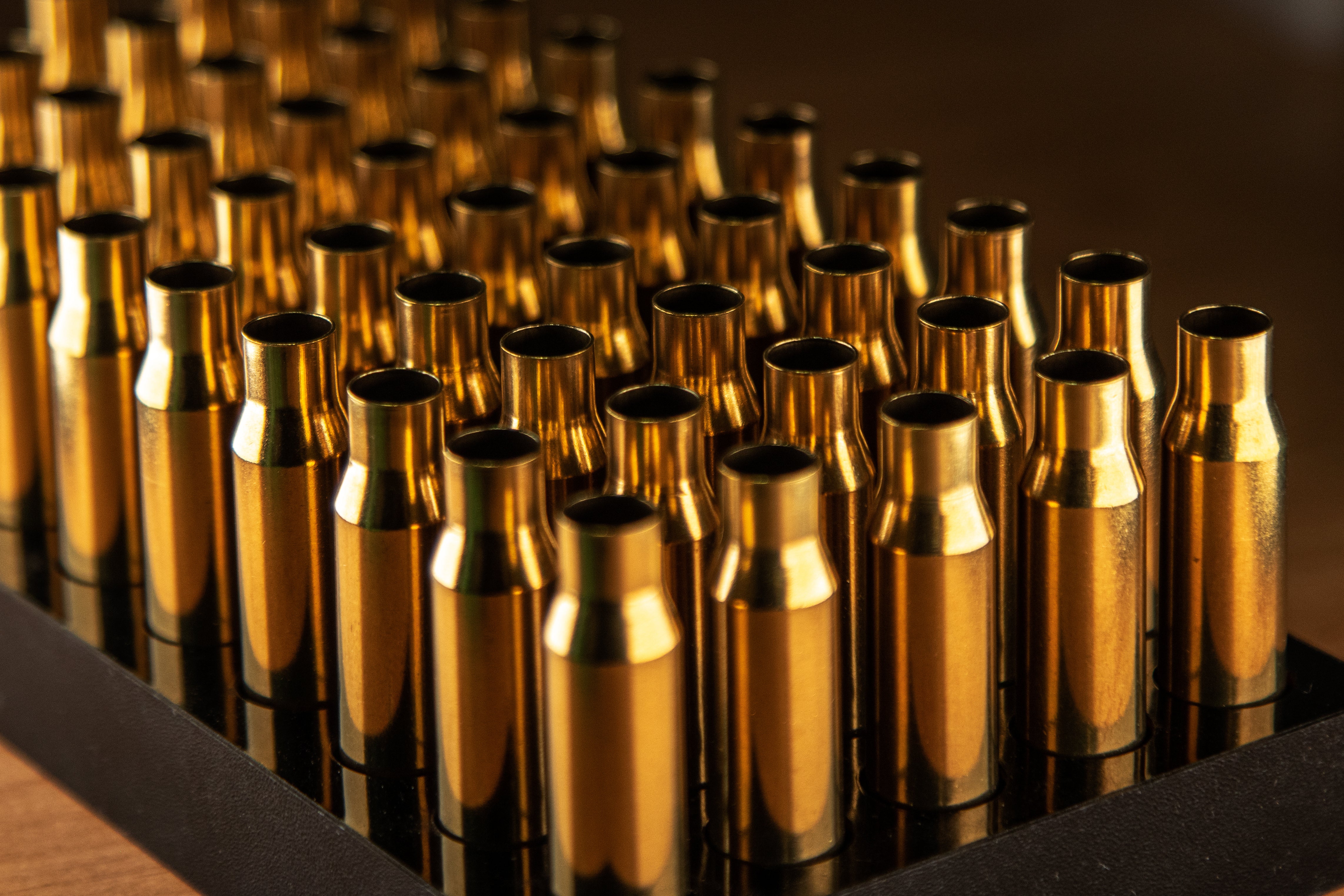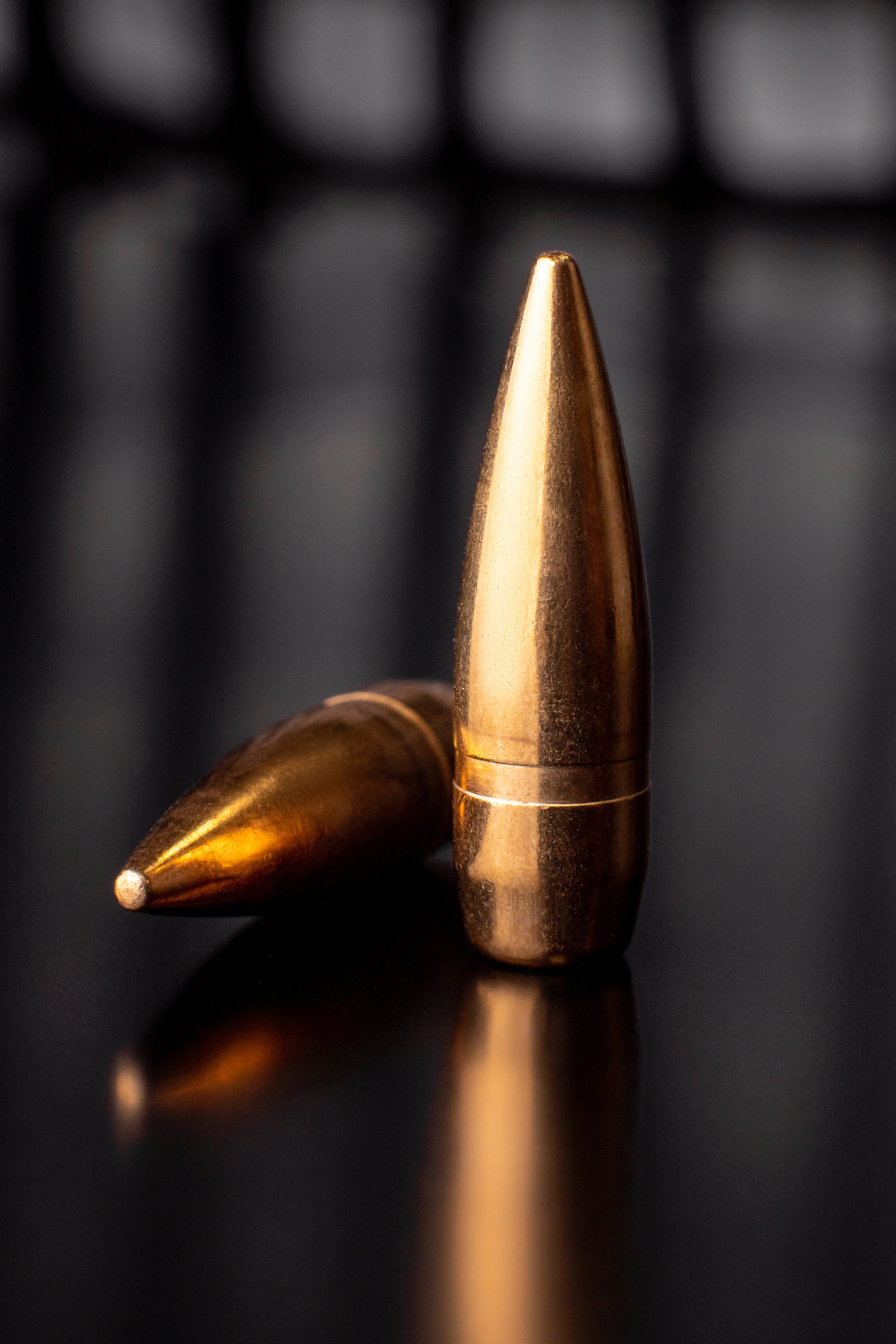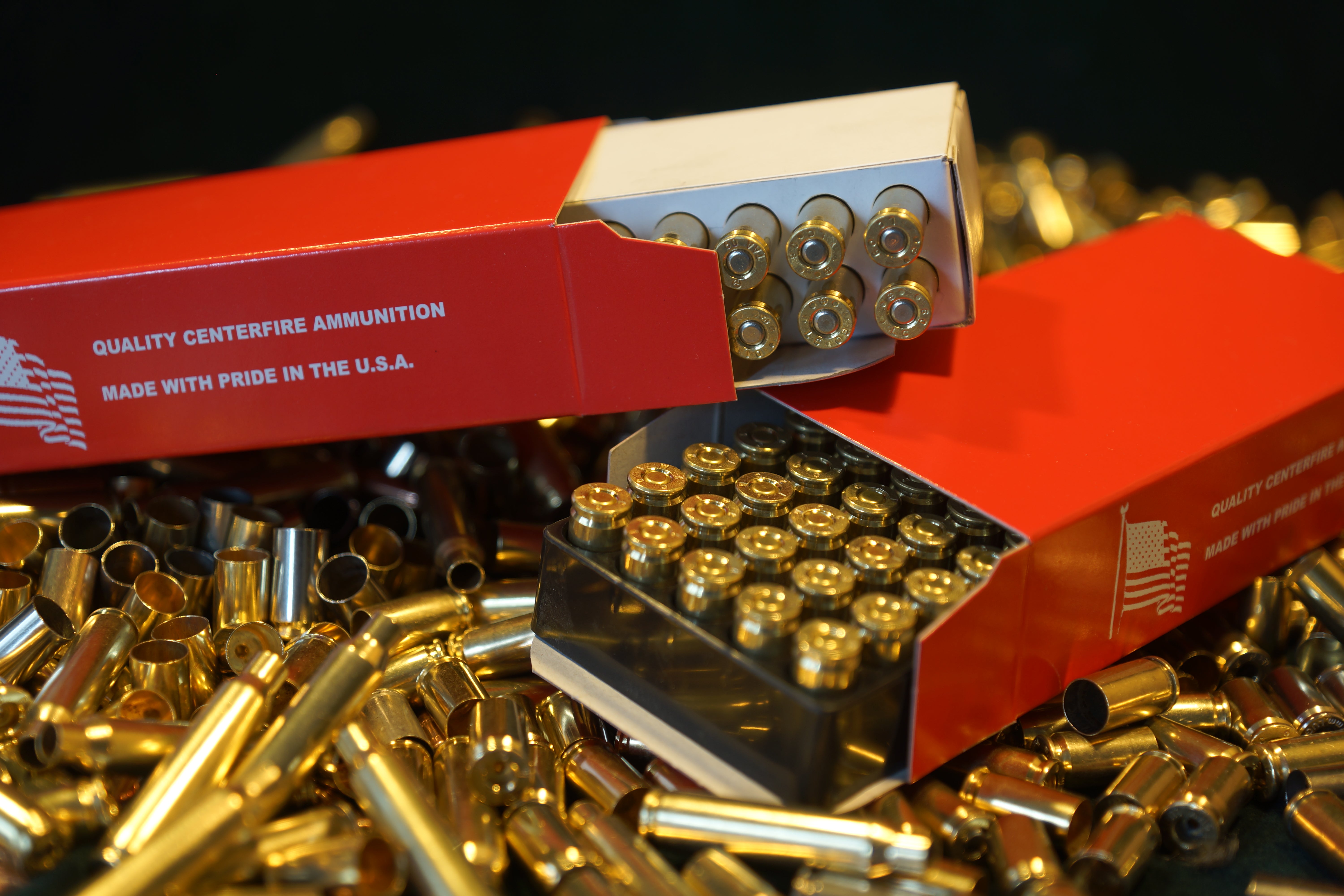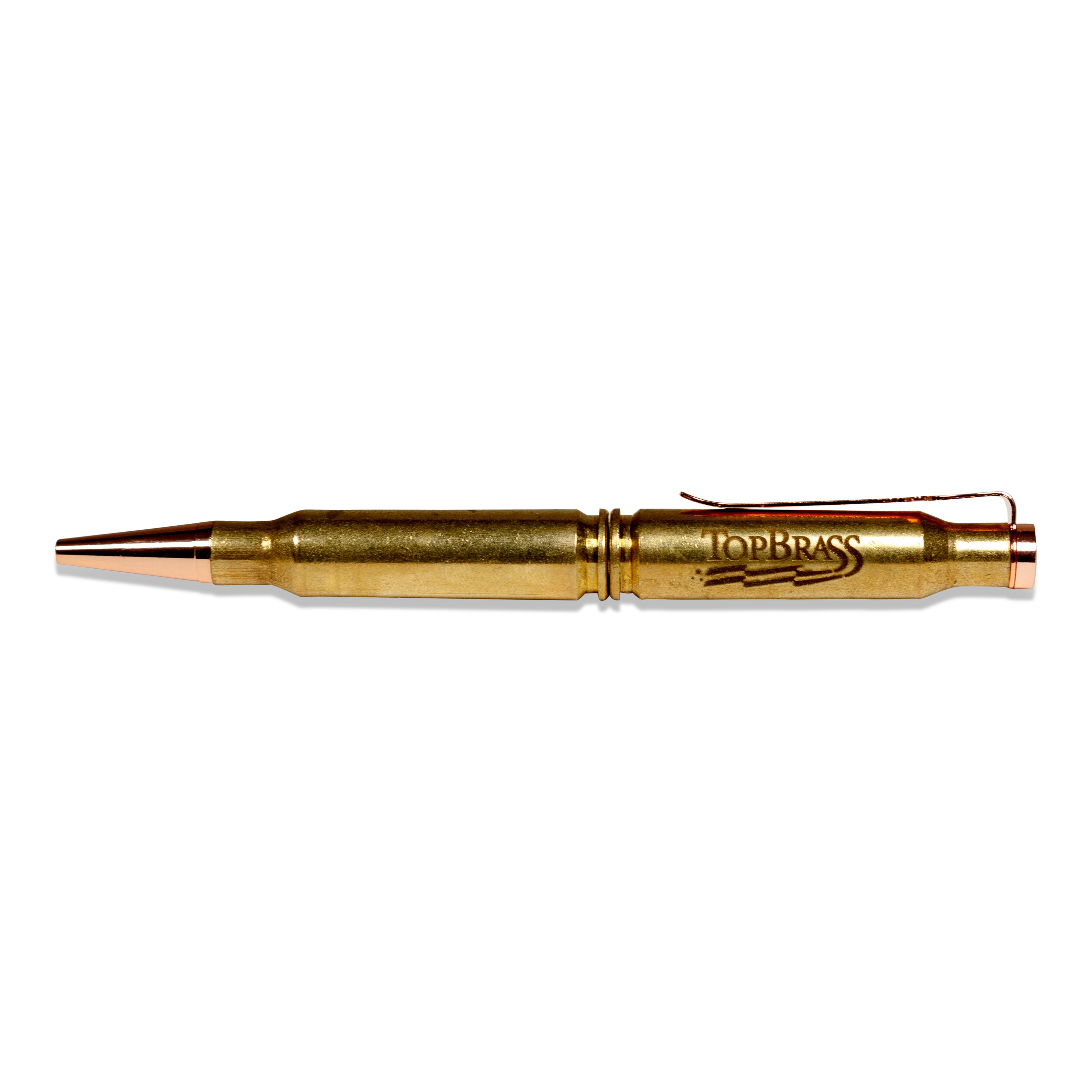Menu

Annealing Brass: The Heat Is On
There are many reasons to reload your ammunition… not the least of which is to save money. After all, the central idea behind reloading is to reuse some of the materials you already have on hand – namely, brass cartridges. But, the unanswerable question always remains: How many times can I reload my brass? Well, with the practice of annealing your brass, the answer is: more times than if you didn’t anneal your brass.
WHAT IS ANNEALING?
Annealing is the process of rapid heating and cooling. It is a long-standing practice used in metal work to help manage the physical properties of the material (think hammer-forging blacksmith with bellow furnace and water barrels). By heating metals above their recrystallization point (but below their melting point), and then rapidly cooling them, the metal’s ductility / malleability is restored. The more a metal is worked (formed, stretched, extruded, etc.), the more it hardens and becomes brittle. Annealing brings back the original formability of the metal. It also relieves any work-borne stress and fracture points that may be present in the metal.
WHAT IS BRASS ANNEALING?
Although different for varying metals and alloys, brass is quick to respond to annealing and changes the hardness of the material into a softer, more malleable alloy. Without this heat treatment, brass eventually becomes ‘over-worked’ through the rigors of fire expansion, extraction, and contraction; eventually becoming hardened and brittle. In turn, cartridges will eventually begin to hairline crack and produce neck splits. For extended reuse / reloading, annealing the brass becomes very important.
Brass is an ideal metal for ammunition cartridges. It’s naturally soft and formable yet holds strength in structure. It’s also durable in expansion. Every time a round of ammunition is fired, the explosive force of the powder charge ‘fire-forms’ the cartridge to that of the firearm’s chamber. This material relief offers the chamber (and barrel, if not the entire firearm) a bit of protection as it ensures the cartridge a directional expansion that does not allow it to rattle and bang about (it has somewhere to go). This advantage with brass, however, does have its drawbacks. With the expansion and contraction of every firing, brass does endure ‘work-hardening’ over time. Brass cartridges do possess a shelf-life; however, annealing can extend this time.
WHAT ARE THE ADVANTAGES WITH ANNEALING?
Annealing brass cartridges during reloading efforts offers some real advantages. In addition to extending the useful life of the brass, it also creates a much improved metal material for forming new or adapted caliber cartridges. As with Wildcat calibers, which do not (necessarily) exist in the marketplace, cartridges are typically ‘hand-made’ during reloading. Simply improving the pliability and formability of the brass allows for easier and more successful creation. Such efforts with hardened and brittle brass would likely be impossible.
Another advantage of annealing brass is that of improved accuracy. Although a bit esoteric in understanding, mostly by avid precision shooters, annealing brass during reloading offers a much more formable platform to achieve exacting results. The closer their ammunition is to exact design and specs, the more it produces repeatable results – the key to accuracy.
Advantages of annealing include:
- Extending the life of the brass cartridges (more reloads)
- Easier to work with (more malleable)
- Improves accuracy (exacting specs)
WHAT IS THE ANNEALING PROCESS?
Without getting overcomplicated in process, annealing is as simple as using a blow torch and heating the neck and shoulder of a brass cartridge until it produces a low (dull) red glow. Once this is achieved, drop the cartridge into water for a quick cool down. The result is a reinvigorated metal component.
WHEN SHOULD I ANNEAL MY BRASS?
Annealing brass cartridges need not be done for new or almost new brass. Although a fairly soft alloy, brass is also quite robust. As every reloader knows, brass cartridges are not one time use components. Yes, every individual case should be examined prior to reloading (even new cases), but modern brass cartridges are made to accommodate reuse. In most instances, where the brass has not been misused / abused, annealing is not required for new and almost new brass. Remember, it is the work-hardened brass that benefits the most from annealing. Most brass cartridges are fine in structure and form after a few rounds of use. Note, however, that annealing will never make a cracked / split or otherwise flawed brass cartridge acceptable for use.
- Choosing a selection results in a full page refresh.




